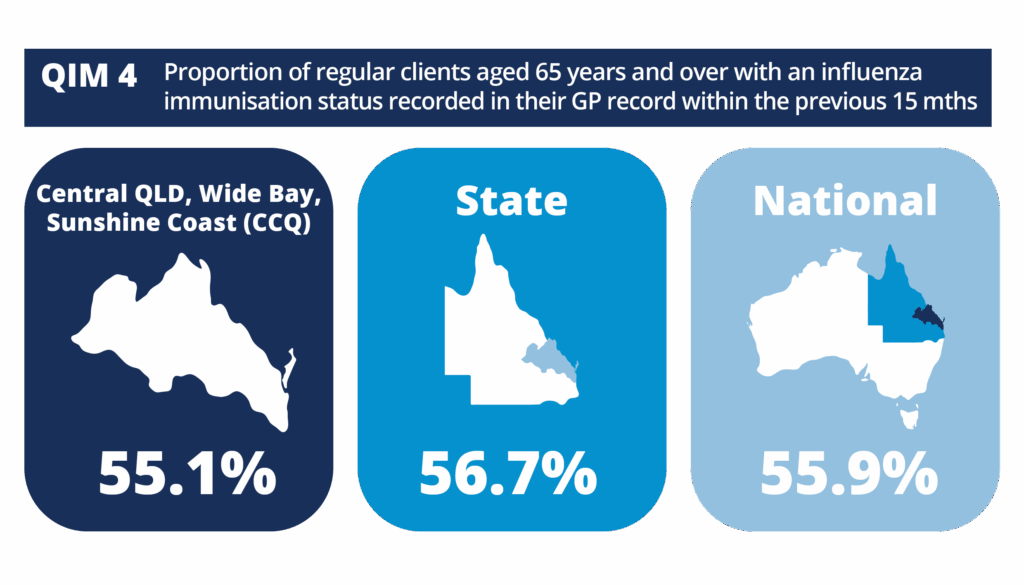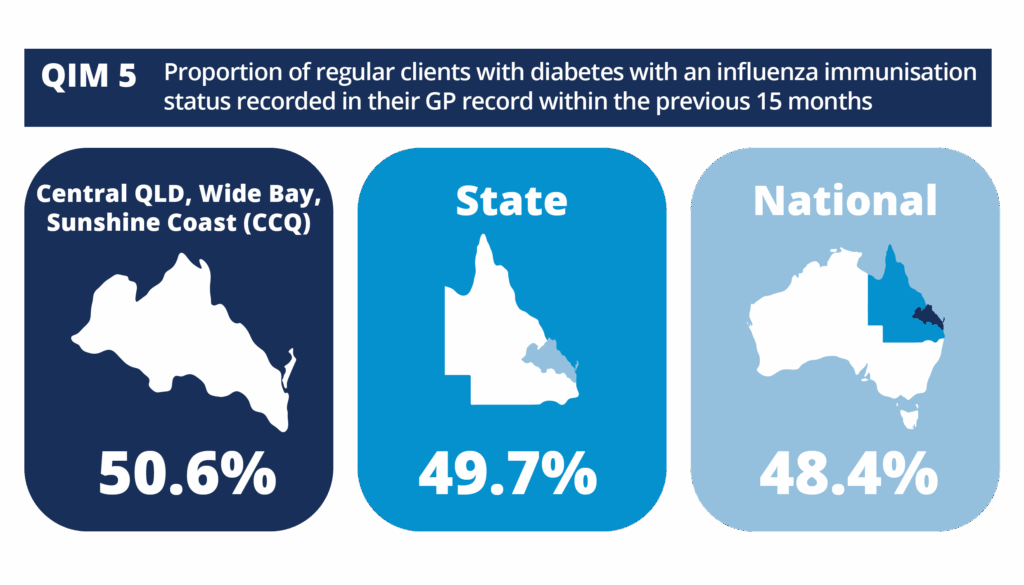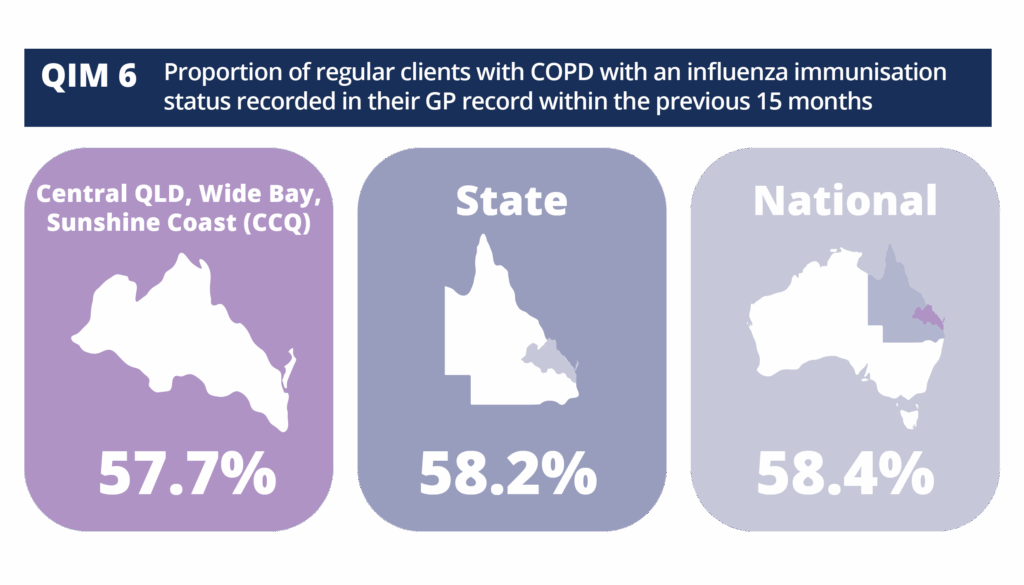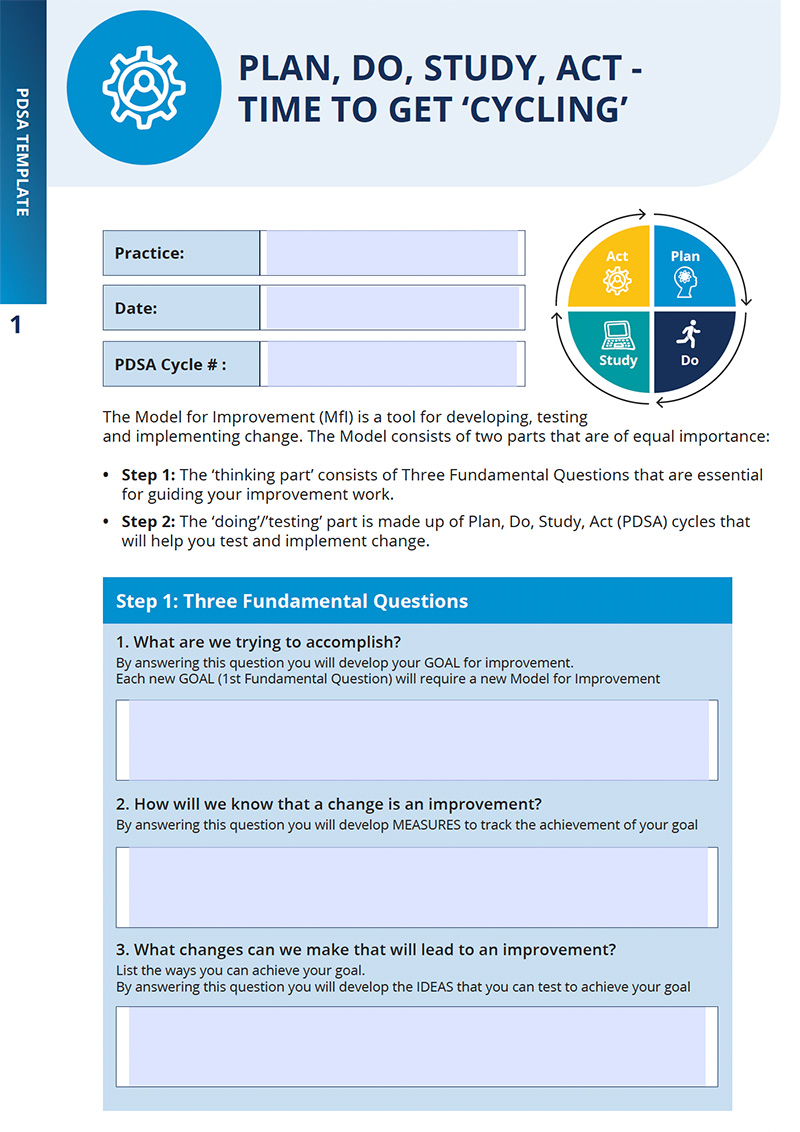Annual influenza vaccination is the best way to prevent severe illness, hospitalisation and death due to influenza. In 2024, influenza accounted for 29% of recorded notifiable diseases.1 Influenza remains the most common cause of hospitalisation for notifiable diseases over the past decade.2
Influenza can be risky for children, particularly those under 5 years of age, who have an increased risk of hospitalisation and morbidity.2 Despite this, only 22% of children in Queensland aged 6 months to 5 years received an influenza vaccine in 2024.3 Young children aren’t the only population at increased risk; pregnant women, people over 65, Aboriginal and Torres Strait Islander peoples and people with chronic conditions are also more likely to have severe complications from influenza.2
Across Queensland and most age groups, influenza vaccination uptake has continued to decline whilst cases have increased:3,4,5
| Year | Vaccine coverage (%) | Total number of cases |
| 2022 | 36% | 45,311 |
| 2023 | 33% | 74,355 |
| 2024 | 29% | 79,197 |
Queensland will continue the subsidised flu program for 2025: Between March 1st and September 2025, all Queenslanders over six months old are eligible for a free influenza vaccination.
These data trends suggest that cost alone is not attributable to declining rates4 and that strategies to target vaccine fatigue and hesitancy, especially in priority populations, are needed. General practice teams play a pivotal role in safeguarding the community against influenza by providing education, promoting proactive vaccination, and facilitating influenza treatment.
This QI activity focuses on how to identify and engage your practice population to increase influenza vaccination coverage.
This QI Toolkit relates to the following PIPQI Quality Improvement Measures (QIMs):
- QIM #4: Proportion of regular clients aged 65 years and over with an influenza immunisation status recorded in their GP record within the previous 15 months.
- QIM #5: Proportion of regular clients with diabetes with an influenza immunisation status recorded in their GP record within the previous 15 months.
- QIM #6: Proportion of regular clients with COPD with an influenza immunisation status recorded in their GP record within the previous 15 months.
QIM #4: Influenza vax recorded (aged 65+)
As of July 2024, the CCQ region reported 55.1% of regular clients aged 65 years and over had an influenza immunisation status recorded in their GP record in the previous 15 months, lower than the 56.7% across Queensland and 55.9% nationally.

Source: AIHW (accessed April 2025)
QIM #5: Influenza vax recorded (diabetes)
As of July 2024, the CCQ region reported 50.6% of regular clients with diabetes had an influenza immunisation status recorded in their GP record within the previous 15 months, higher than the 49.7% across Queensland and 48.4% nationally.

Source: AIHW (accessed April 2025)
QIM #6: COPD (recorded flu vax)
As of July 2024, the CCQ region reported 57.7% of regular clients aged 15 years and over with a COPD diagnosis had an influenza immunisation status recorded in their GP record within the previous 15 months in the CCQ region, lower than the 58.2% across Queensland 58.4% nationally.

Source: AIHW (accessed April 2025)


